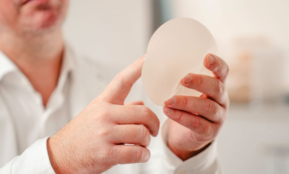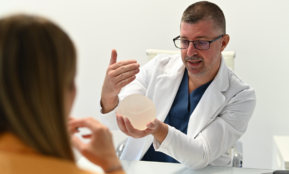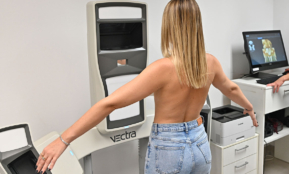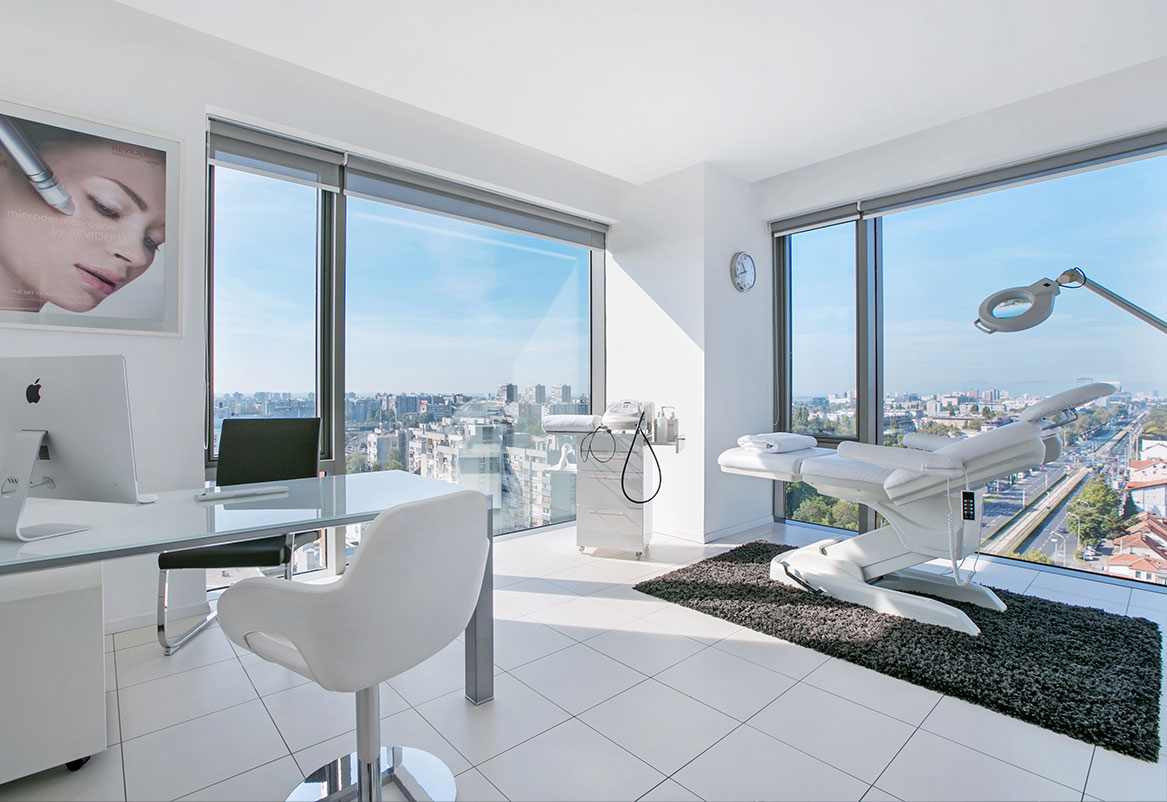Aesthetics
Face
The most modern facial treatments help you look younger, more elegant and happier.
Body
Feel comfortable in your body and correct sources of discomfort.
Chest
Make your wish for a better appearance come true and restore your self-confidence with aesthetic correction.
Hair and scalp
Minimally invasive solutions for hair loss and a natural look.
Issues
Find solutions to some of the most common aesthetic problems.
Treatments
Treatments
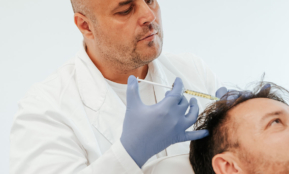
Hair and scalp mesotherapy
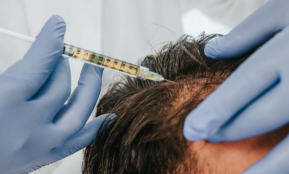
Thinning hair therapy with your own blood

Trichotest – DNA analysis of hair loss and baldness

Hair loss in women – causes and how to prevent it

Hair loss in men – causes and how to prevent it
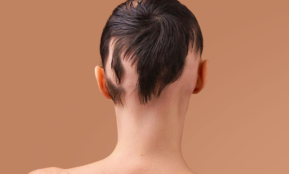
Alopecia – hair loss
FACE
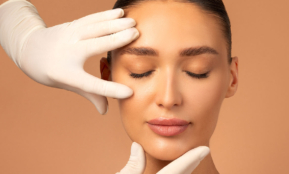
BODY
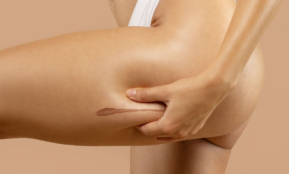
Implantology Center
Different methods of solving the problem of missing one or more teeth.
Prosthetics
The most common solution in cases of functional or aesthetic tooth damage.
Aesthetic Dentistry
Harmonious tooth shaping and tooth color correction according to your wishes.
General Dentistry
Modern and timely diagnostics, treatment and dental hygiene are the key to the health of your teeth.
Issues
Find solutions to some of the most common aesthetic problems.
About us
Locations
Description of the procedure
Sunspots occur in 50% of women and 20% of men over the age of 50.
Since these signs of aging are considered an aesthetic flaw, a large number of people want to remove them.
There are several different types of pigmentary changes that fundamentally differ in their morphological and histological characteristics. For this reason, the assessment and possible treatment of pigmentary phenomena on the skin should always be entrusted to a specialist physician.
What is hyperpigmentation?
Hyperpigmentation is a very common problem in which certain areas of the skin become darker in color.
It is usually a harmless phenomenon caused by an excessive amount of pigment, i.e. melanin, in the skin.
Although it is most common in middle and late life, hyperpigmentation can also occur in younger people.
Why does hyperpigmentation occur?
Some people are genetically more prone to hyperpigmentation (overactive melanin in the skin).
There are a large number of women who take birth control pills and have no problems with pigmentation, while in others the pills cause pigmentation disorders.
Unfortunately, there is no magic wand that will eliminate this problem forever, but it can be significantly alleviated, with the recommendation that the achieved results be maintained.
Types of hyperpigmentation
-
Melasma
Melasma is a skin condition that occurs in adults in the form of brown spots. It most often appears on the cheeks, nose, forehead and upper lip, and is most common in women. This type of pigmentation often occurs in women who take birth control pills or other hormonal preparations. It is always more intense when exposed to sunlight or artificial sources of UV radiation, almost always during the summer months.
-
Chloasma
In some pregnant women, there is an excessive production of melanin and the appearance of a skin problem known as chloasma or "pregnancy mask", usually on the face or, sometimes, on the abdomen. This problem can be aggravated by exposure to the sun.
-
Sunspots
Sunspots are one of the most common forms of hyperpigmentation. They occur as a result of skin damage from sunlight. The small, dark spots are usually found on the hands or face, or on the upper back, but can affect any part of the body exposed to the sun.
-
Freckles (ephelides)
Freckles are also common and usually hereditary skin lesions. Although they are often considered attractive, some people want to reduce their visibility with various treatments.
-
PIH
PIH or post-inflammatory hyperpigmentation is a form of pigmentation that usually occurs after some type of skin injury. It often occurs after acne, injuries or other skin damage, after overly aggressive treatments or the use of inadequate skin care products.
Laser removal of hyperpigmentation and pigment changes
Treatments to remove pigment changes on the skin guarantee minimal risk and gentle and painless treatments for clients, and the results are very satisfactory.
This laser treatment can be used to treat various skin regions such as the face, arms, hands, legs, back, etc.
Bagatin Polyclinic offers 9 lasers to treat almost all aesthetic problems. We use lasers from Asclepion Laser Technologies, which, individually or in combination, provide excellent results.
Whether you want to remove moles, scars or hair, reduce wrinkles, the appearance of hyperpigmentation or capillaries, you can find all the information about treatments that solve these problems in one place – the guide we have prepared just for you.
If necessary, and it all depends on the type of pigment change, it is possible to combine some non-invasive facial treatments that can help reduce dark spots on the skin.
Candidates
Candidates for laser removal are people who:
- They have melasma on their cheeks, nose, forehead, and upper lip
- They fight the appearance of sunspots in the summer months
- Have any other form of dark spots on the skin
- They have age spots on their skin.
Before each treatment, our specialists in dermatovenerology will examine you in detail, if necessary, perform an analysis of the facial skin, according to which they will propose treatment and therapy.
Preparation
Before laser hyperpigmentation removal, it is necessary to avoid exposing the skin to the sun or tanning beds for at least a month. Also, it is not advisable to use products or creams that cause photosensitivity, such as self-tanning creams, for at least seven days before treatment.
Before treatment, the skin must be thoroughly cleansed with cleansing milk and tonic, and make-up, creams and oils must be removed.
The area to be treated should not be exposed to the sun so that the laser can distinguish the dark spots from the rest of the skin during treatment.
Procedure progress
Laser treatment for the removal of hyperpigmentation and other pigmentary changes is not complicated and is performed on an outpatient basis without local anesthesia.
Once the area to be treated has been cleaned, protective goggles are placed over the eyes and the treatment can begin.
The laser is placed on the skin and passes over the area where the pigmented spot is located.
A light pulse is emitted, which the client feels as a slight tingling sensation.
The laser beam absorbs light energy as it penetrates the skin. The thermal effect of the short light pulses rapidly heats the melanin and separates it from the dermis.
After the treatment, it is normal for the skin to become red, and scabs may form that disappear within a few days.
The client can undergo the next treatment, if necessary, after 4 to 6 weeks.
Recovery
Immediately after the treatment, the area exposed to the laser will be slightly red.
You can apply a cold compress to the treated area to make you more comfortable and to speed up recovery.
Most clients’ skin calms down completely overnight and they can use standard skin care products and makeup the very next day.
It is important to avoid direct exposure to the sun and tanning beds for a month after treatment, until the skin has fully recovered. After that, it is recommended to use protective creams with SPF 50+ to prevent the spots from reappearing.
Precautions
Common side effects are redness and swelling that do not last longer than 24-48 hours.
After treatment, it is necessary to avoid direct sun exposure and use protective creams with SPF 50+.
Price
In cooperation with banks, our Polyclinic provides the option of paying in installments, as well as interest-free payments up to a certain number of installments.
You can check more about payment methods and treatment prices in the current price list of the Bagatin Polyclinic:
They said about us...
Your
Frequently asked questions
Contact us
Contact us with confidence.
By filling out this form, our call center will contact you within 24 hours to arrange your appointment. We keep all information you provide us with in the strictest confidence.
Phone:
Email:


